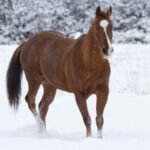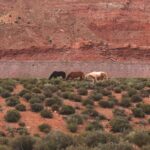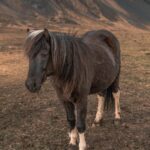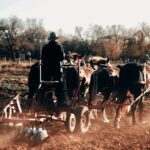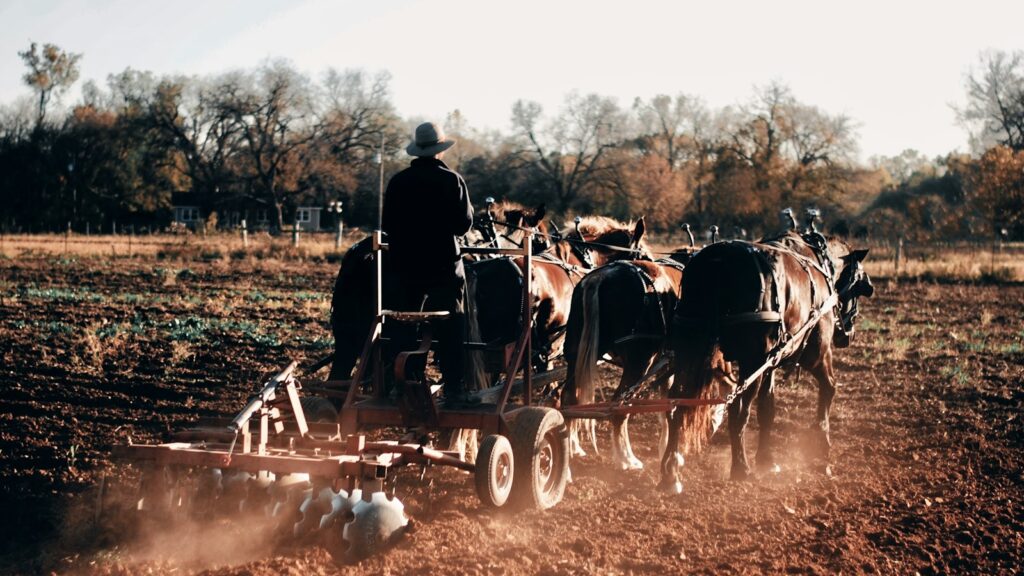
Draft horses, traditionally bred for farm work, pulling heavy loads, and agriculture, aren’t typically associated with agility. However, certain draft breeds demonstrate remarkable athleticism and nimbleness despite their impressive size. This article explores the most agile draft horse breeds that combine strength with surprising maneuverability – a combination that makes them versatile performers in various equestrian disciplines beyond just heavy pulling. From forest logging to competitive driving and even dressage, these gentle giants prove that power and grace can coexist in magnificent equine packages.
The Belgian Draft: Power with Surprising Nimbleness
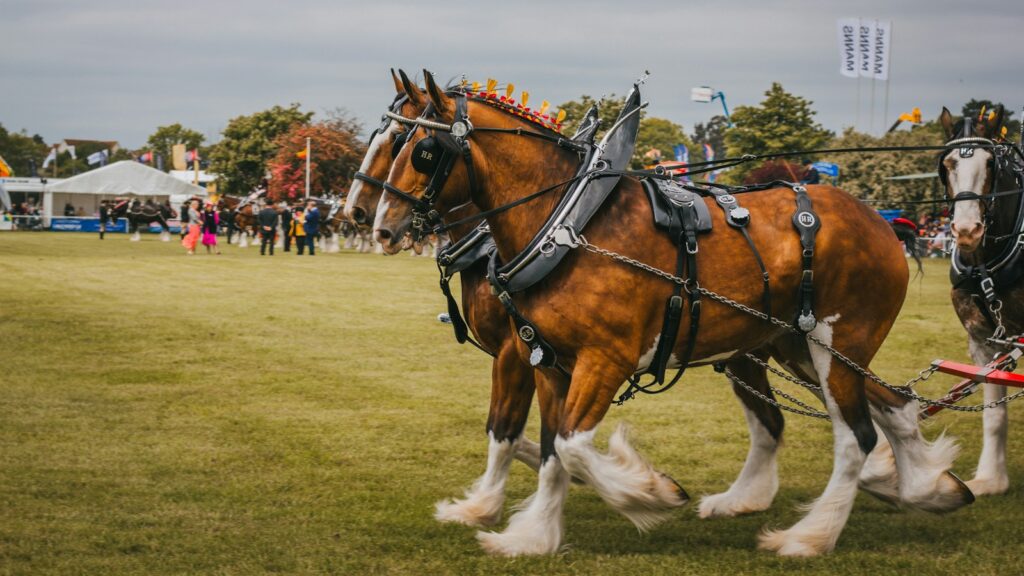
The Belgian draft horse, one of the strongest horse breeds in the world, possesses an unexpected agility that belies its massive frame. Originating from the Brabant region of Belgium, these horses typically weigh between 1,800-2,200 pounds yet move with remarkable coordination and balance for their size. Their broad chests and powerful hindquarters allow them to not only pull tremendous weights but also maneuver through tight spaces in forestry work where precision is as important as strength. The Belgian’s docile temperament complements its physical attributes, making these horses easier to train for complex movements and responsive to subtle commands despite their imposing stature.
Percheron: The Elegant Giant
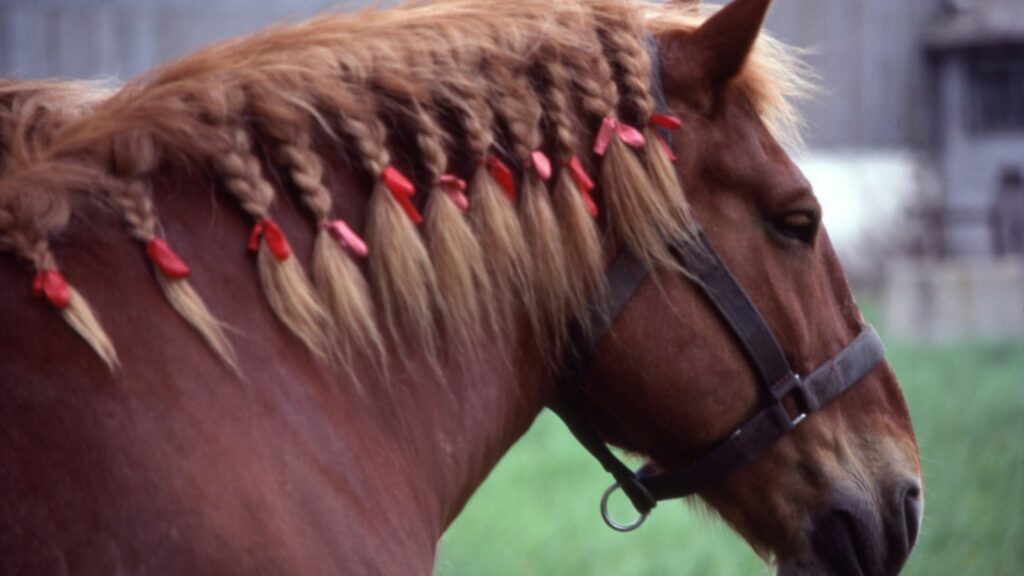
Percherons originated in France’s Le Perche region and have long been admired for combining considerable power with unexpected elegance. Standing between 16 and 17 hands tall with a weight that can exceed 2,000 pounds, these horses possess a notably active, high-stepping gait that distinguishes them from other draft breeds. Their intelligent and willing nature makes them exceptionally trainable for precision work, with many excelling in competitive driving where quick turns and responsive handling are essential. Historically used by knights in medieval times before transitioning to agricultural work, Percherons retain the athletic qualities that made them effective war horses – balance, coordination, and an ability to carry substantial weight while maintaining mobility.
Suffolk Punch: Compact Agility
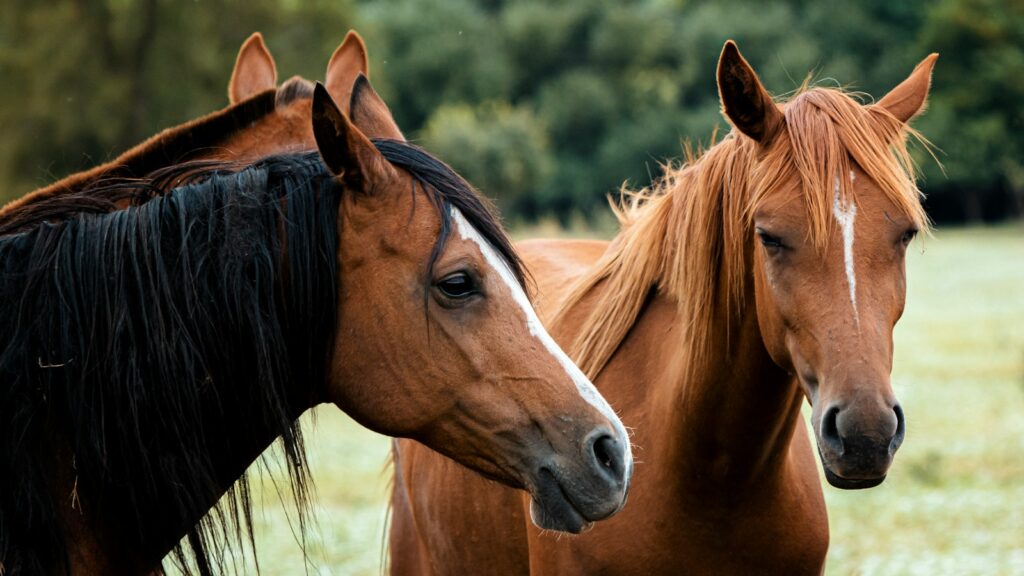
The Suffolk Punch stands apart from other draft breeds with its more compact, rounded build that contributes significantly to its agility. Originating from eastern England, these horses are slightly smaller than other drafts, typically standing 16 to 17 hands high, but they compensate with incredible density and muscle efficiency. Their shorter legs provide a lower center of gravity, enabling them to turn and maneuver with greater stability and less effort than taller draft breeds. Suffolk Punches are renowned for their clean leg movements and endurance, historically capable of working long hours in the field while maintaining precise footwork. The breed’s distinctive chestnut coloring (locally called “chesnut”) comes in various shades, but their consistently athletic build makes them extraordinarily nimble workers in confined spaces.
Clydesdale: The Dancing Draft Horse

Clydesdales, perhaps the most recognizable draft breed due to their marketing fame, combine impressive stature with remarkable lightness of movement. Originally bred in Scotland’s Lanarkshire district (formerly known as Clydesdale), these horses typically stand 16 to 18 hands tall and weigh between 1,800 and 2,000 pounds. Despite their size, Clydesdales possess an inherent “float” to their movement, with high knee action and impressive hock flexion that creates an almost dancing quality to their gait. Their feathered legs (the long hair covering their lower legs) might suggest heaviness, but underneath lies exceptional bone structure and joint flexibility that enables these horses to perform complex maneuvers with surprising precision. This combination of power and finesse has made Clydesdales increasingly popular in exhibition driving where intricate patterns and quick responses are essential.
Irish Draught: The Athletic Heavyweight
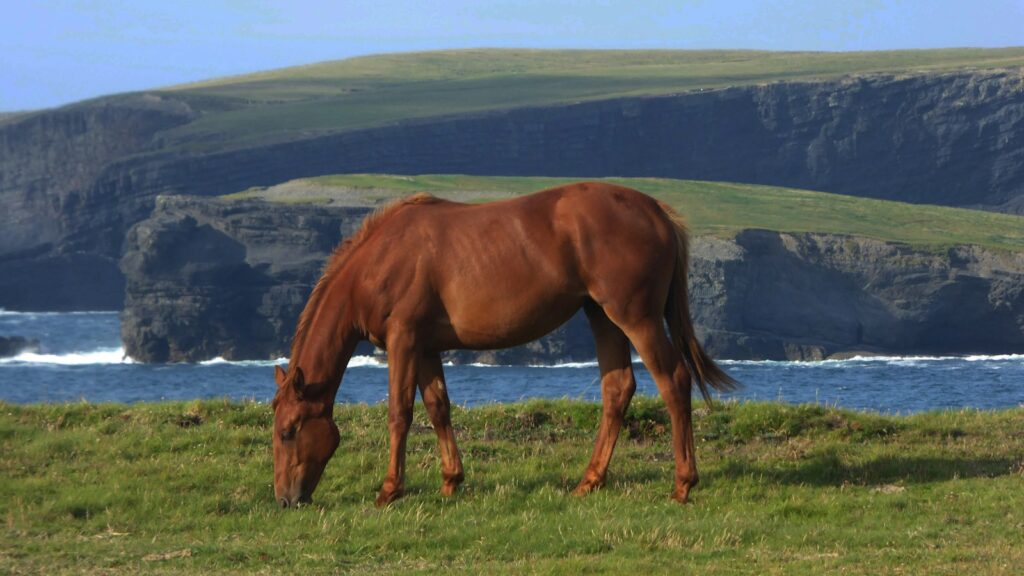
The Irish Draught represents one of the most versatile draft breeds, historically developed to be an all-purpose farm horse capable of both heavy work and swift transportation. Standing between 15.2 and 16.3 hands high, they’re slightly smaller than some draft breeds, which contributes to their inherent agility and athleticism. Their powerful hindquarters and well-sloped shoulders allow for considerable pushing power combined with free-moving front leg action. This combination makes Irish Draughts remarkably balanced and coordinated, capable of jumping substantial obstacles despite their robust build. The breed’s influence in sport horse breeding has been substantial, with Irish Draught crosses dominating in eventing and show jumping – a testament to the athletic foundation this draft breed provides.
Norman Cob: The Versatile French Draft
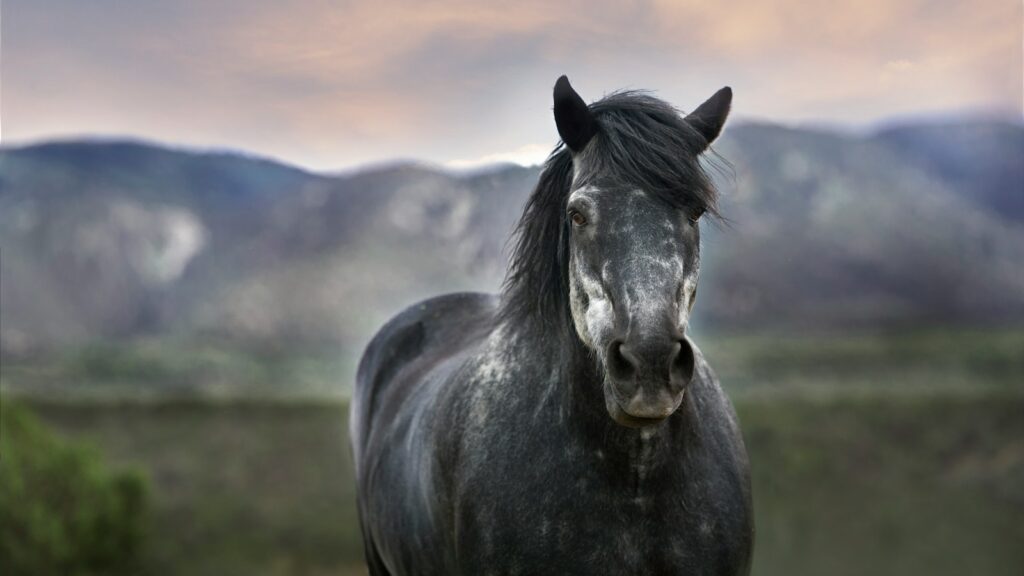
The Norman Cob from northwestern France represents a perfect balance of strength and agility in a medium-heavy draft package. Standing between 15.1 and 16.3 hands high, these horses are slightly smaller than many traditional draft breeds, which enhances their natural agility and quickness. Their compact, muscular build combines with remarkable joint flexibility to produce a horse capable of quick directional changes and sustained activity without the heaviness sometimes associated with larger draft types. Historically used for everything from agricultural work to pulling omnibuses in Paris, Norman Cobs developed exceptional versatility and stamina. Their balanced trot and natural collection make them particularly well-suited to carriage driving competitions where precision handling at speed is paramount.
Ardennes Horse: Agility from Ancient Origins
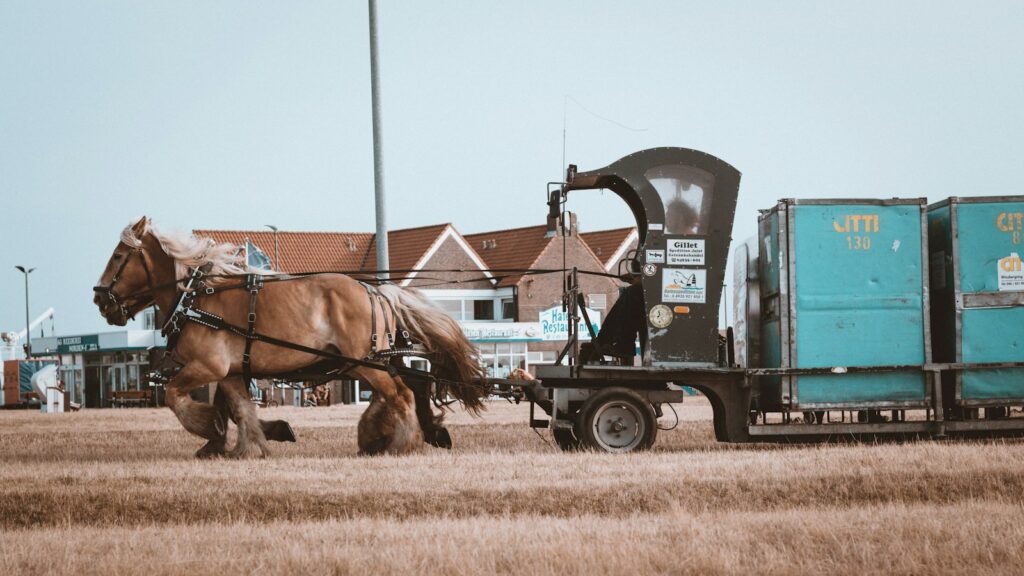
The Ardennes horse, one of the oldest draft breeds in existence, combines its ancient war horse heritage with remarkable maneuverability for its stocky frame. Standing between 15.3 and 16.3 hands high with extraordinary muscle density, these horses possess a center of gravity that enhances stability while enabling surprising quickness in directional changes. Their thick-set body might suggest clumsiness, but the Ardennes demonstrates exceptional foot placement and balance, particularly when navigating difficult terrain in forestry work. The breed’s history dates back to Ancient Rome, where they were valued for their ability to carry armored knights while remaining agile enough for battlefield maneuvers. This combination of power and responsiveness continues to make them exceptional performers in competitive pulling and forestry competitions where precision matters as much as strength.
Dutch Draft Horse: Balanced Power
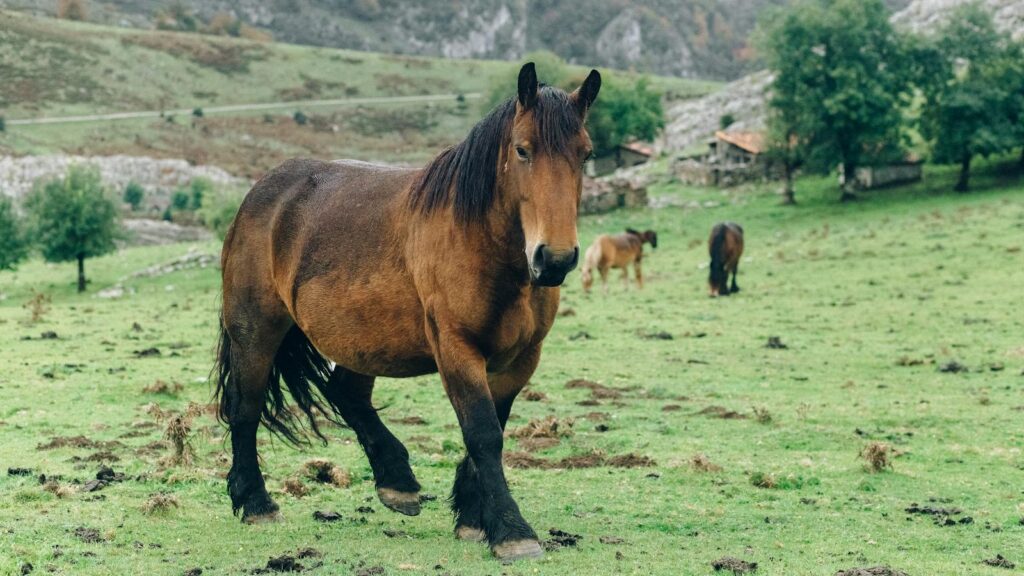
The Dutch Draft horse, developed in the Netherlands by crossing Belgian Drafts with local mares, inherited the Belgian’s power while developing a more active movement pattern. Standing between 15 and 17 hands tall, they possess well-proportioned bodies with strong loins and hindquarters that enable both pulling strength and the ability to balance quickly when changing direction. Their relatively clean legs (with less feathering than some draft breeds) allow for more precise foot placement and less energy expenditure during movement. Dutch Drafts exhibit remarkable collection capabilities for their size, with an ability to shift weight to their hindquarters for driving maneuvers that require quick starts and stops. Their willing temperament further enhances their trainability for complex tasks that demand both power and precision.
American Cream Draft: The Agile American
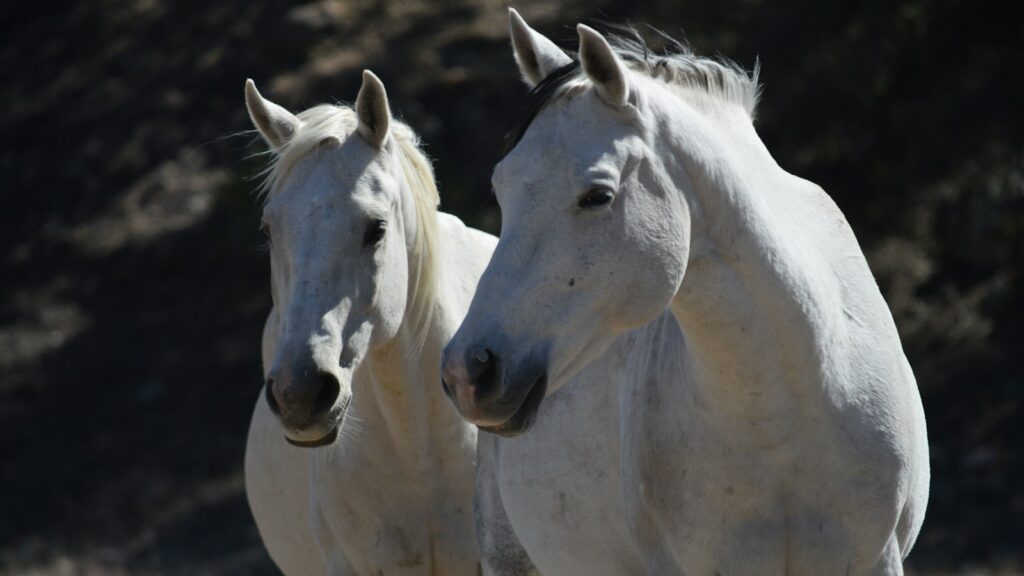
The American Cream Draft horse, the only draft breed developed entirely in the United States, combines substantial pulling power with natural smoothness of movement. Distinguished by their cream coloration with amber eyes and pink skin, these horses typically stand between 15.1 and 16.3 hands tall, slightly smaller than some European drafts, which contributes to their innate agility. Their well-angled shoulders and strong hindquarters allow for efficient movement patterns with less pounding and more glide to their stride. American Creams demonstrate exceptional balance when starting and stopping, maintaining their composure even when handling heavy loads that might cause other horses to become unbalanced. The breed’s development in Iowa during the early 20th century focused on creating farm horses that could plow all day but still drive smartly to town – a dual-purpose capability that required both strength and athletic ability.
Fjord Horse: The Agile Midweight
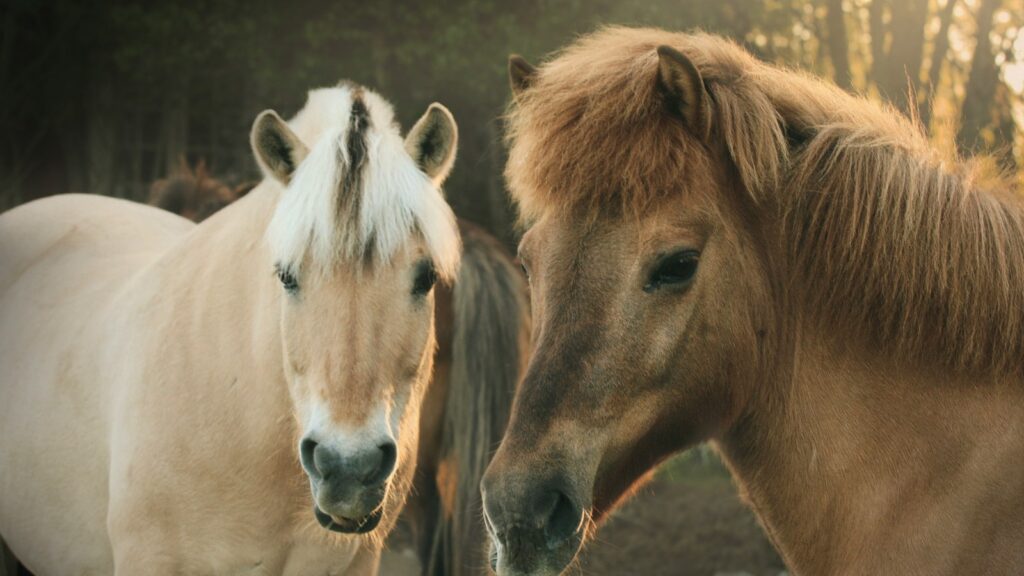
While technically classified as a draft pony rather than a full draft horse, the Norwegian Fjord deserves recognition for combining draft horse strength with exceptional agility in a smaller package. Standing between 13.2 and 14.2 hands high, these horses possess remarkable strength-to-size ratio with muscling and bone density comparable to much larger breeds. Their distinctive cream or dun coloration with primitive markings and cut mane emphasizes a compact body built for both power and quick movements. Fjords demonstrate remarkable surefootedness in difficult terrain, with an ability to shift weight quickly and maintain balance on steep inclines that would challenge many larger horses. Their history as working farm horses in Norway’s mountainous regions selected for animals that could pull heavy loads while navigating narrow paths and uneven ground – creating a breed where agility was essential for survival.
North Swedish Horse: Compact Power with Precision

The North Swedish Horse (Nordsvensk) combines substantial pulling power with remarkable precision of movement in challenging conditions. Typically standing between 15.2 and 16.2 hands high, these horses developed in Sweden’s forested northern regions where maneuverability through trees while pulling heavy timber demanded exceptional body control. Their slightly smaller stature compared to some draft breeds gives them a natural advantage in tight spaces, with a lower center of gravity enhancing stability during complex maneuvers. North Swedish Horses possess exceptional proprioception – awareness of body position – enabling them to place each foot with remarkable accuracy even on difficult terrain or in deep snow. Their cold-weather adaptation includes efficient movement patterns that conserve energy while maximizing traction, essential qualities for working horses in forestry operations where agility can determine both productivity and safety.
Training Techniques to Enhance Draft Horse Agility
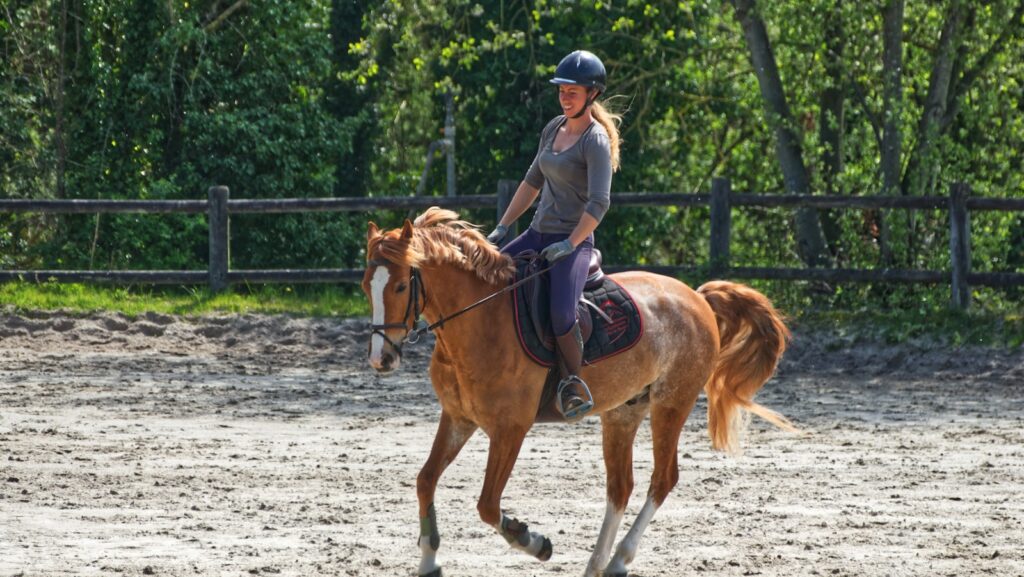
Developing a draft horse’s natural agility requires specialized training approaches that respect their size while challenging their coordination. Ground pole work serves as an excellent foundation, encouraging these massive animals to lift their feet precisely and become aware of their body positioning. Progressive lateral work, starting with simple yielding exercises and advancing to more complex leg yields and half-passes, helps these horses develop the muscular control needed for responsive turning and weight shifts. Obstacle courses designed specifically for draft horses create engaging training environments that build confidence while improving maneuverability through varied challenges. Regular transitions between gaits and within gaits (extending and collecting) develop responsiveness and balance that translate directly to improved agility in working situations. The keys to success lie in patience, consistency, and understanding that even small improvements in agility represent significant achievements for these powerful animals.
Conclusion: The Perfect Balance of Power and Grace
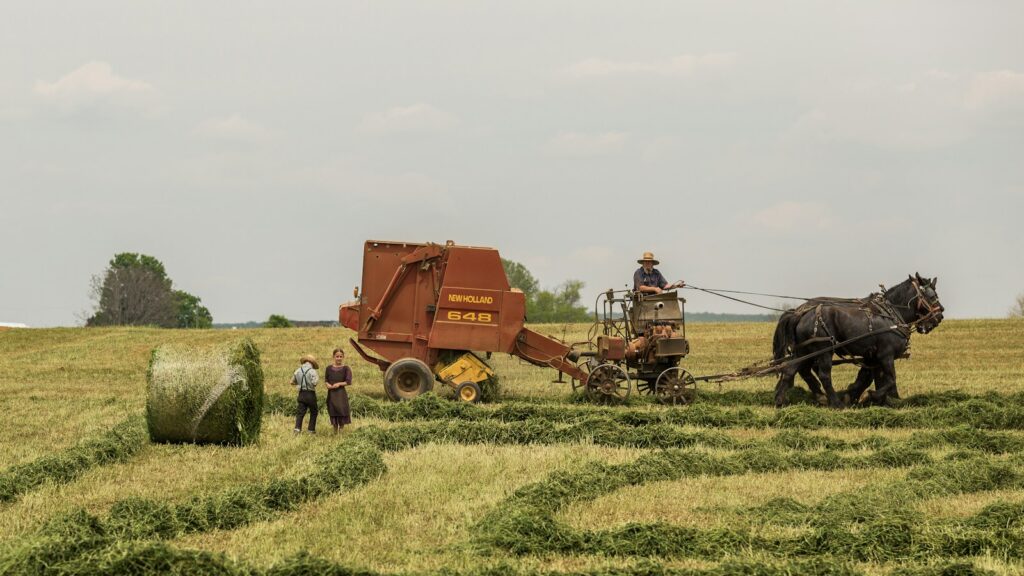
The most agile draft horse breeds demonstrate that strength and maneuverability need not be mutually exclusive. While these magnificent horses may never match the quickness of lighter breeds, their combination of power, balance, and responsiveness makes them uniquely capable performers in disciplines requiring both might and precision. Whether navigating forest obstacles while logging, executing intricate patterns in driving competitions, or even performing basic dressage movements, these gentle giants continue to surprise observers with their athletic capabilities. Their versatility reminds us that draft horses were developed not just as living tractors but as sophisticated working partners capable of complex tasks requiring substantial body control. As appreciation grows for these historic breeds, their preservation ensures future generations can continue to witness the remarkable marriage of power and agility that draft horses embody.



